
Tim Ozkurt
For those of us on a quest to become self-sustainable, sourcing your own energy has probably come high up on your wish list. Our evolution stems from our ability to make fire and cook, now we can go back to basics again and create our own energy independently using food waste with a home biodigestor by homebiogas.
What is Home Biodigester?
A home biodigester is a standalone system that transforms your organic waste (food scraps) into cooking gas for your kitchen whilst also creating a liquid fertilizer for your garden.
The unit produces Biogas, a smokeless blue flamed gas similar to LPG or natural gas that is around 60% methane.
In addition to the gas, you will get a steady flow of rich fertilizer containing macro and micronutrients.
The inventors of the homebiogas system took inspiration from the small biodigestor systems they saw whilst travelling in developing countries, which set them on a mission to improve the system making it more efficient and accessible for everyday use. Their system is now selling across the globe, helping thousands to switch to sustainable cooking.
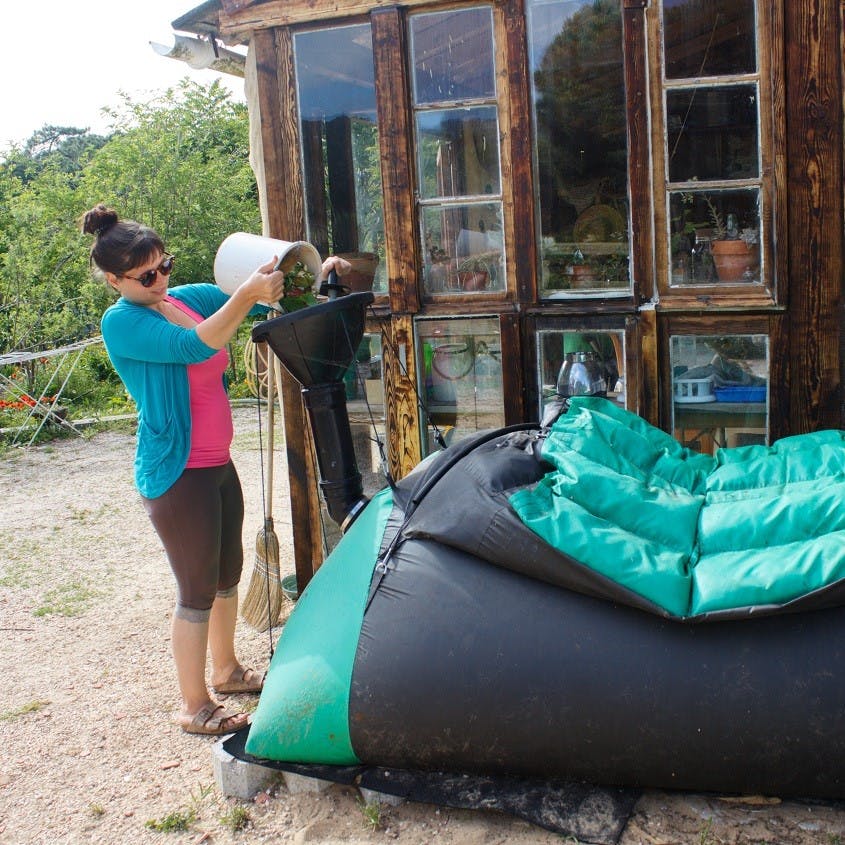

Take action now
Do you want to have a direct impact on climate change? Sir David Attenborough said the best thing we can do is to rewild the planet. So we run reforestation and rewilding programs across the globe to restore wild ecosystems and capture carbon.
Get involvedHow does a Home Biodigester work?
Firstly, you feed your kitchen leftovers into the home biodigester unit, then inside bacteria can get to work on decomposing your scraps in a natural process called anaerobic digestion, done without the presence of oxygen. This in turn releases the biogas that is fed back into the kitchen to a cooking stove and completes the cycle.
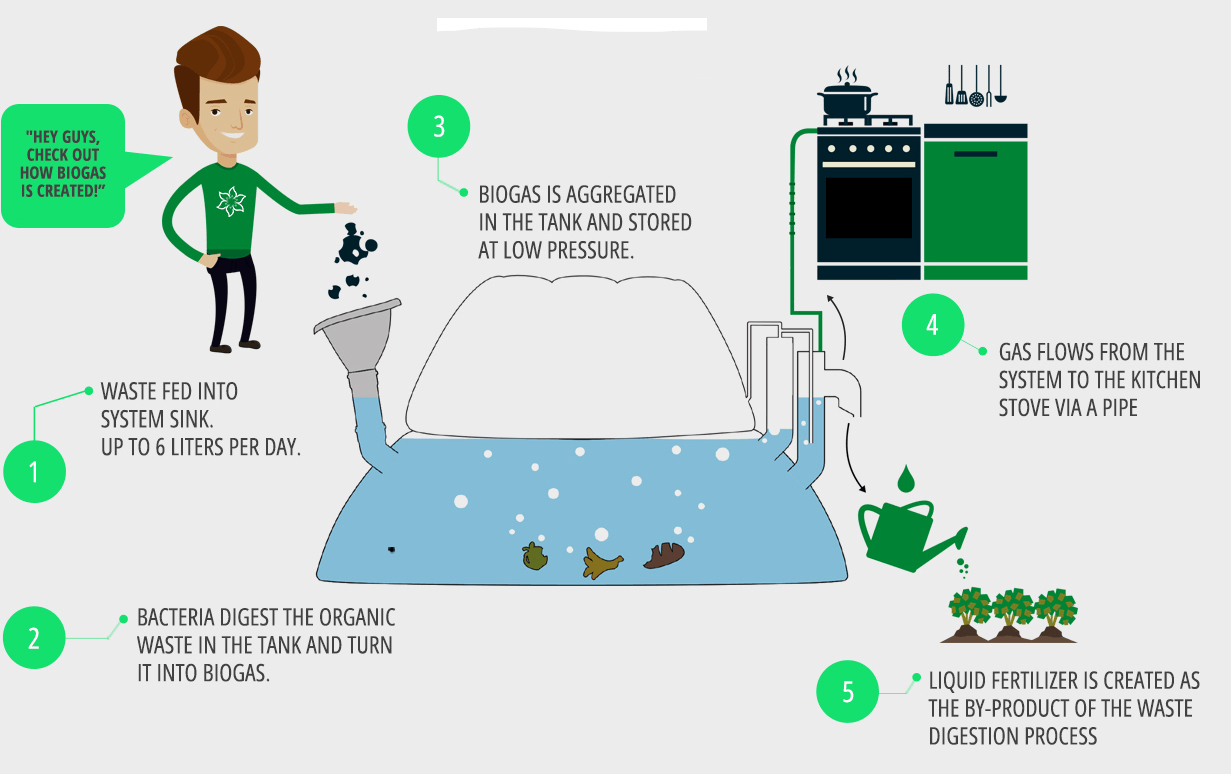
What's needed?
To generate two hours of cooking on one high flame you’ll need to inject 6 litres (1.5 gallons) of organic waste daily into the home biodigester, although the unit can take up to double this if needed. Fresh/semi-fresh animal manure will also do the job, for the same cooking time 20 litres (5 gallons) are needed. An array of food waste can be used including fruits and veg, grains, peels, cooking oil, diary, and meat. As for the manure, cows, horses, pigs, sheep, and even dogs are all acceptable.
To keep the bacteria happily thriving on your food scraps you’ll need a warm climate, on average a day/night temperature of 20°C/68°F. You will also need a suitable spot outside for your home biodigester, which is 2.10m x 1.2m and no further than 20 metres away from your home.
Finally, once you’ve set it up (no technician needed!), you will need to activate it using 100 litres of animal manure and wait 1-3 weeks for the gas to generate. If you can’t get your hands on any manure or don’t want to, you can purchase a bacteria starter kit with your unit.
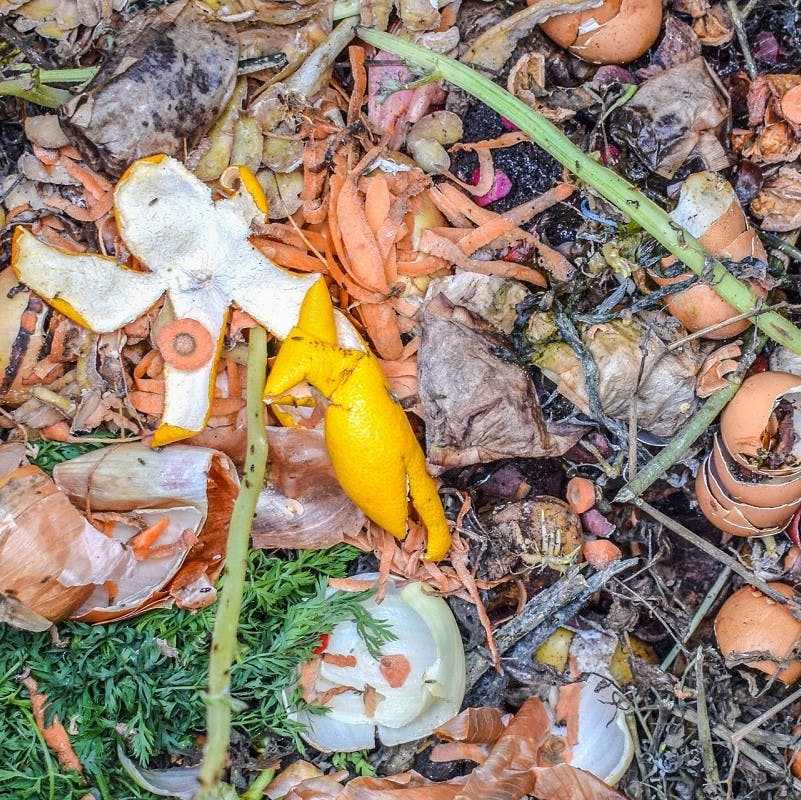
The Advantages of a Home Biodigester
If your food waste were to organically decompose in a landfill, the methane that’s released naturally would go into the atmosphere as a potent greenhouse gas. Whereas with Homebiogas home digester the methane is captured and sent back into your kitchen to be utilized, saving the use of another cooking gas. Furthermore, the biogas itself is non-polluting so you will actually be reducing emissions! This methane up-cycling will not only save 6 tons of carbon emissions a year, but you will also be reducing your reliance on current waste management systems which are largely inefficient. Instead, you’ll be disposing of your own organic waste locally without any mess at home.
Have safety concerns about storing this gas in your backyard? Biogas is uncompressed and less dangerous than LGP or propane tanks which are stored under high pressure. What’s more, it is 20% lighter than air and will diffuse immediately if released.
Additional benefits also come from the bio-slurry fertilizer containing nitrogen, potassium, calcium, magnesium, and in small amounts phosphorus, sulfur, and ferrum (iron). All of which will boost your plants’ potential to grow and fight disease. Its liquid form means it’s easily absorbed and saves time and labour that would be spent on managing a compost pile. Check out our Grow Your Own guide to learn more about preparing and planting your own veggie patch.
Finally, you won’t have to worry about a stench wafting from the unit as any unwanted odours are contained inside.
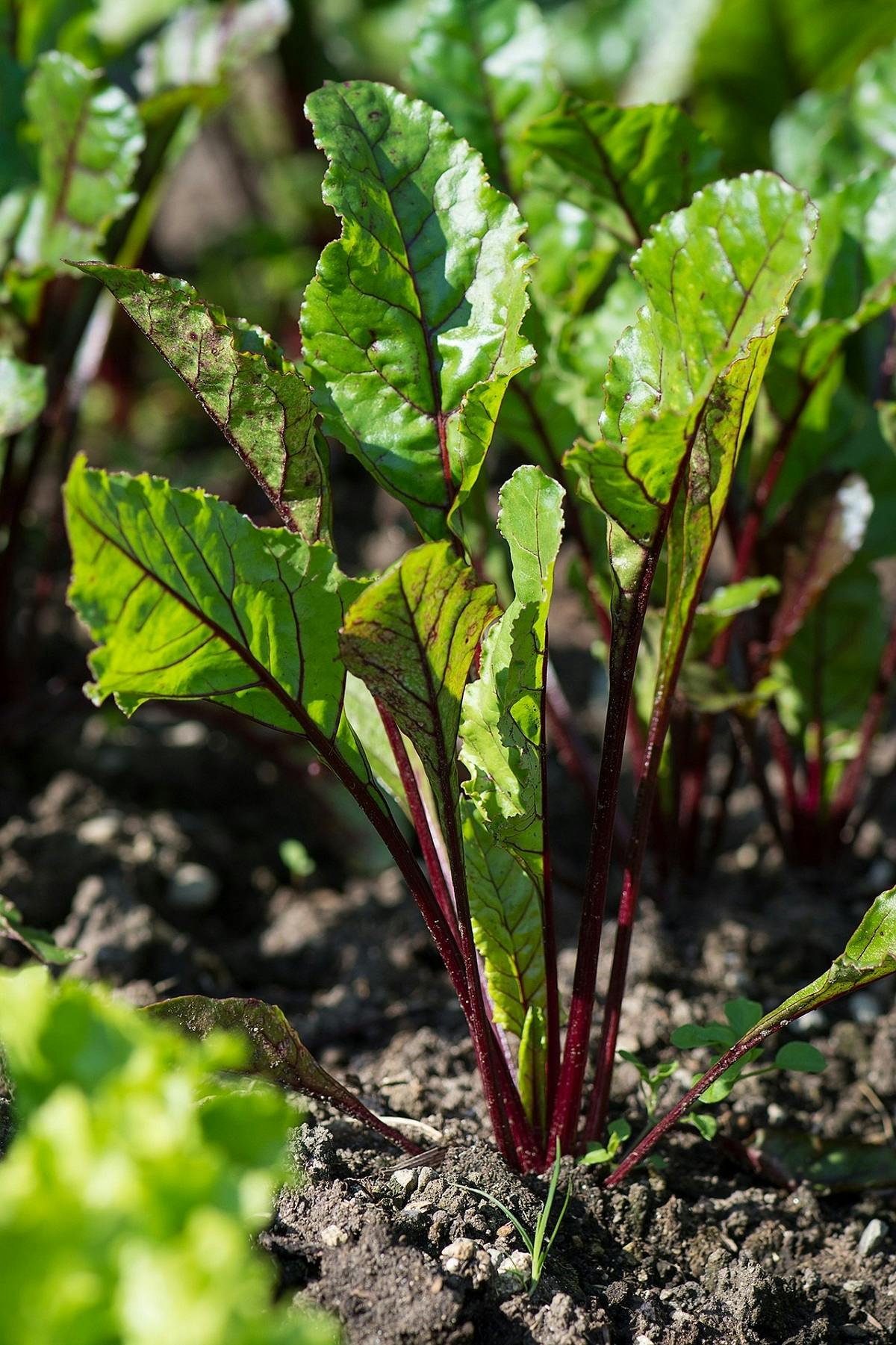
Cost
The Homebiogas digester 2.0 is available to order online for $720 plus shipping (except for Israel). For an extra $39 you can buy a yearly filter kit (filter change needed every 6 months) and probiotic tablets that enhance anaerobic digestions in colder conditions.
Overall, the Homebiogas digester gets a thumbs up for ingenuity and environmental impact so if you are keen to get off-grid, why not use your food waste to fuel the fire for your next meal in a self-sustainable cycle. With this, there’s no need to bin and bag your waste anymore, you can actually bag yourself some free energy that would otherwise go to waste itself!
If you want to read up some more and check out the next chapter in their story of commercialising the Homebiogas, then visit their website.
To learn more about eco-friendly home improvements or even building an eco home from scratch see our guides on Home Insulation and Building an Eco Home.
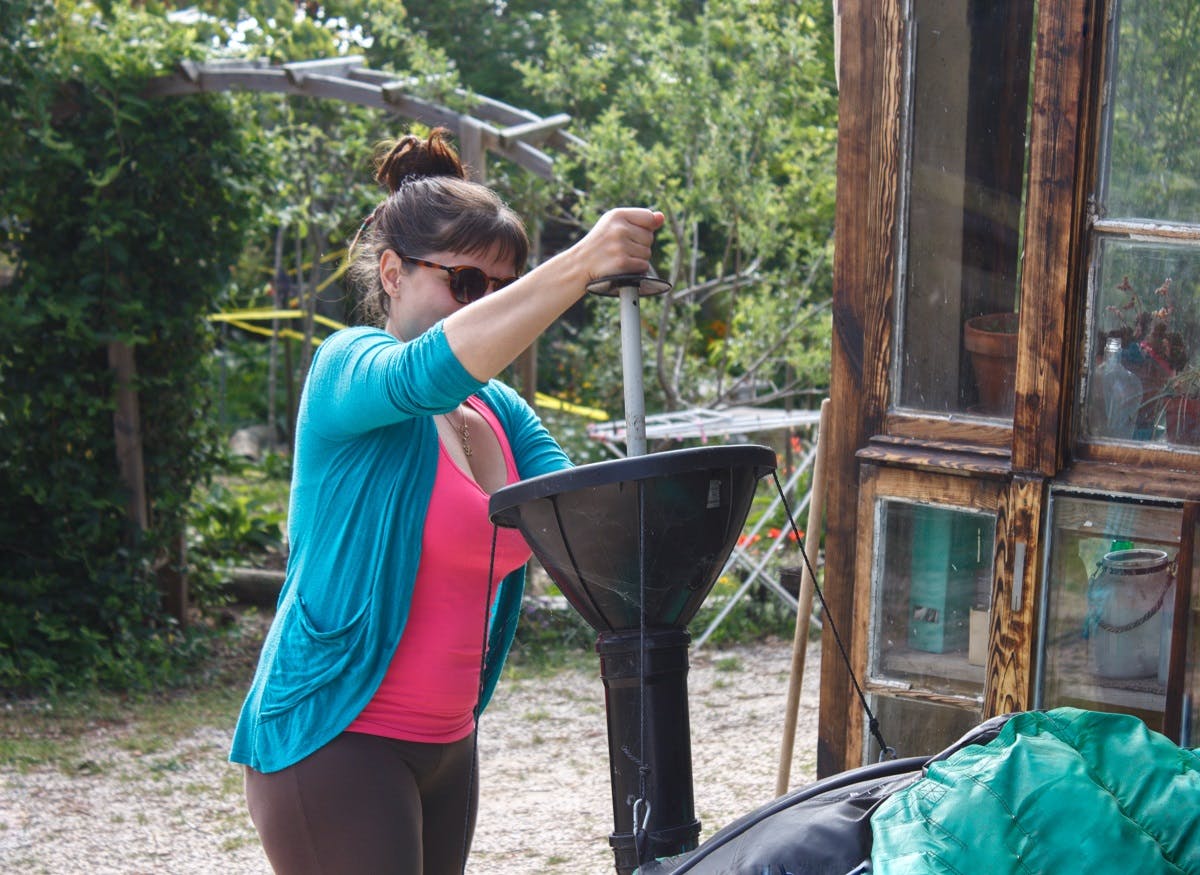
Sources & further reading

- “How to reduce food waste” - Mossy Earth
- “Home Composting” - Mossy Earth